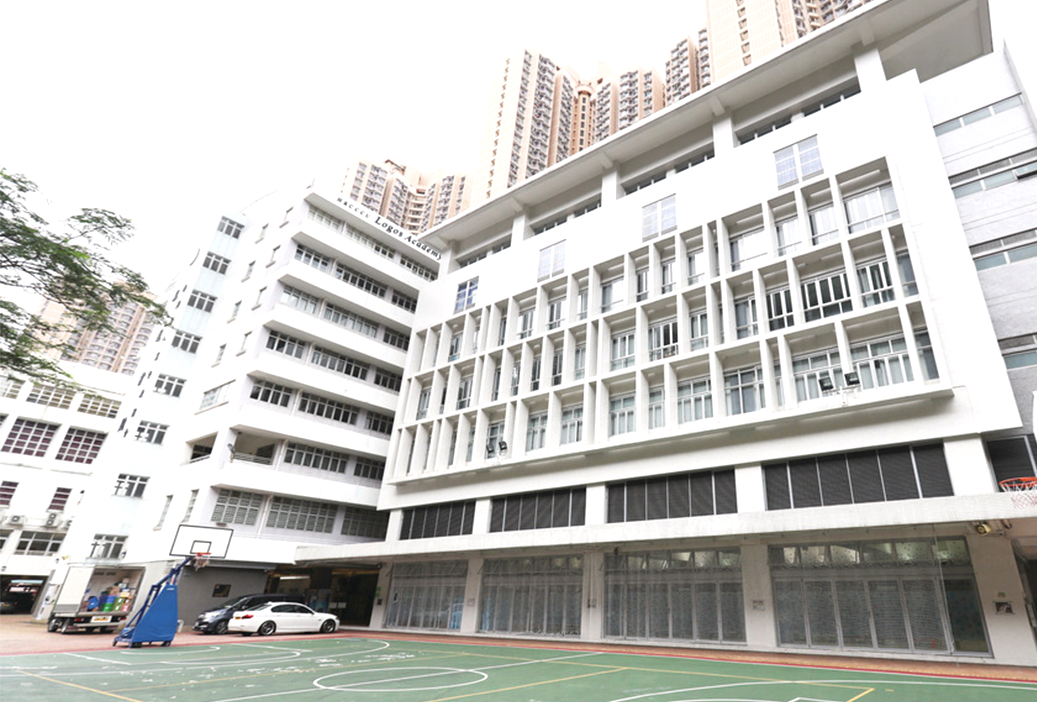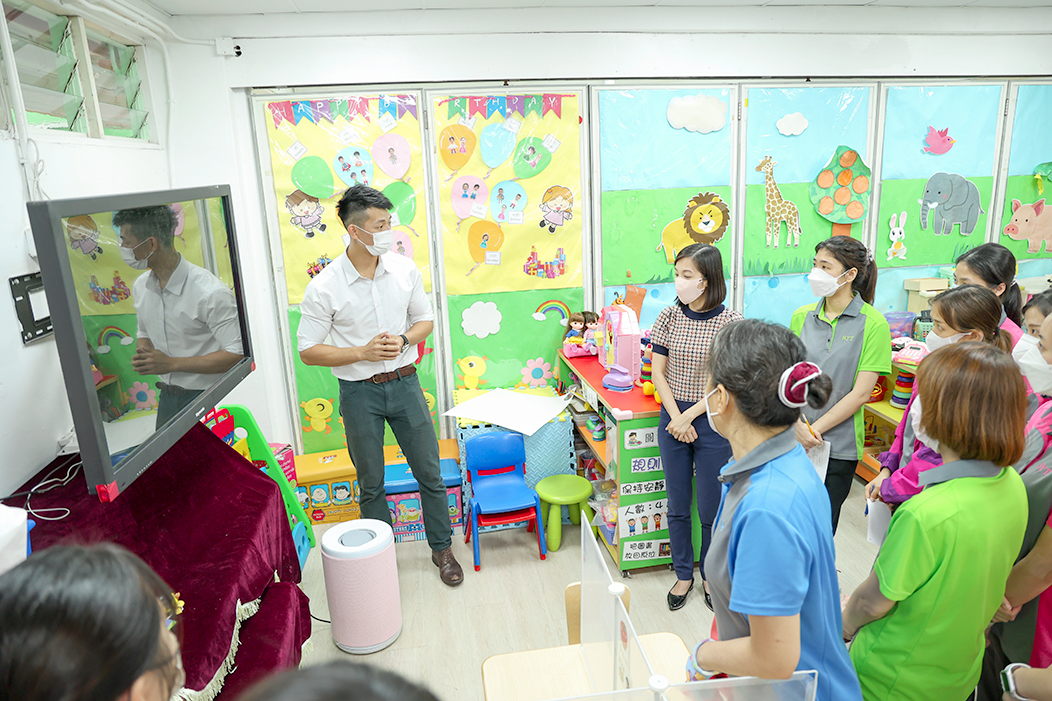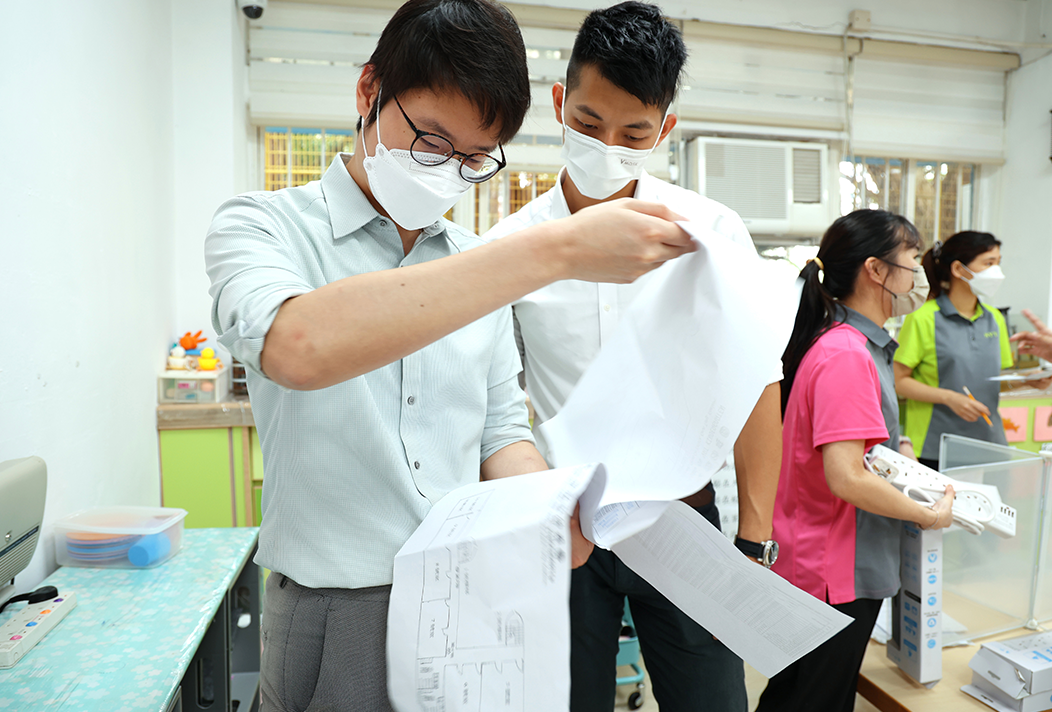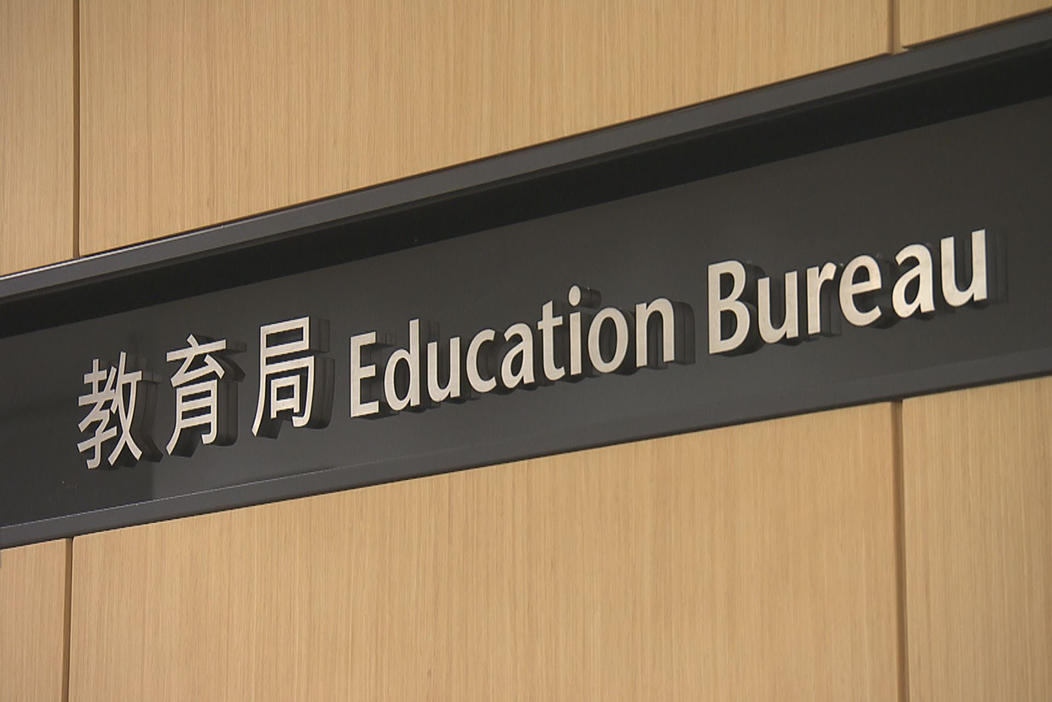School

Latest News
The Education Bureau announced earlier that a one-off grant will be provided to kindergartens, DSS schools and caput schools participating in the kindergarten education scheme to help optimizing the ventilation conditions of their school premises, including the procurement of ventilation assessment services and the purchase of air purifiers. Depending on the recommendations of the registered contractors, schools may adopt improvement measures such as installing exhaust fans, carrying out minor improvement works or procuring air purifiers.
All the air purifiers purchased under such scheme is required to meet the same specifications as per the one used in the F&B Sector. Schools may refer to the website of the Food and Environmental Hygiene Department for relevant information.
Kindergarten
Per the "Ventilation Assessment Service Subsidy" and "Subsidy for Purchasing Air Purifiers", each kindergarten can receive a subsidy up to $50,000 to acquire professional ventilation assessment services for the school premises.
Add air purifiers that meet relevant specifications. Kindergartens with 66 or fewer half-day students (one full-time student counts as two half-day students) and kindergartens with 67 or more students are eligible to receive a subsidy of $20,000 and $50,000 respectively.


DSS schools and Caput schools
Provide a one-off subsidy up to $400,000 to acquire ventilation assessment services and carry out necessary enhancement measures (e.g. procurement of air purifiers or other minor improvement works) to meet the ventilation requirements recommended by registered contractors.
School Clean Air Program
Last year, the government issued ventilation requirements to restaurants. CHAMPURE has conducted ventilation assessments and assisted more than 300 restaurants to obtain the ventilation certificates as required by FEHD with 100% passing rate. In alignment with the objectives of the “School Clean Air Plan”, CHAMPURE team up with the registered ventilation contractors to provide feasible solutions to schools for minimizing the risk of cross infection upon resumption of classes. Details of the plan:
- Arrange for a ventilation contractor approved by the Buildings Department to visit the school to check the ventilation of the school premises
- The ventilation contractor provides the school with a written test report, which includes the inspection content and results, and makes specific recommendations, such as installing an air purifier with high-efficiency particulate air filtration (HEPA) equipment that meets the relevant specifications) for the school to improve the ventilation of the school building
- The ventilation contractor issues a certificate to the school confirming that the ventilation condition of the school premises has complied with the improvement recommendations in the report


Common Ventilation Problems in Schools
CHAMPURE's parent company, CHAMPION, is a life member of the Hong Kong Registered Ventilation System Contractors Associationm which is one of the air purification equipment suppliers organization recognized by the FEHD. Recently, CHAMPURE has received many inquiries from schools about school ventilation inspections. It is found that many schools are not very familiar with the ventilation assessment allowance offered by the Education Bureau and the most frequently asked questions and answers are listed below.
Frequency Ask Questions
-
1. The Education Bureau subsidizes $15,000 for the ventilation assessment fee for kindergartens. If there is any remaining balance, can it be used to purchase air purification equipment?
No. According to the guidelines of the Education Bureau, kindergartens cannot use the "Ventilation Assessment Service Grant" and "Air Purifier Purchase Grant" together. Assumption: If your school's ventilation assessment service is quoted at $14,000, the $1,000 residual amount cannot be used to purchase air purification equipment.
In contrast, primary and secondary schools have greater flexibility in applying for subsidies. According to the guidelines of the Education Bureau, a one-off subsidy up to $400,000 can be used for the "Ventilation Assessment Service Subsidy" and the "Air Purifier Subsidy".
-
2. If an air purifier is installed in accordance with the recommendations of the ventilation contractors report, will it be possible to obtain the relevant certificate?
In principle, if the school strictly follows the recommendations of the ventilation contractor, the ventilation contractor will follow the instructions of the Education Bureau to conduct on-site inspection to verify if all measures have been properly followed up and implemented.
The ventilation contractor will issue a certificate to the school to confirm that the ventilation conditions compile with the improvement recommendations in the report. Conversely, if the school fails to follow up and improve in accordance with the recommendations of the report, the certificate may not be issued.
The following examples may lead to the failure of the certificate to be issued:
- The ventilation contractor required the school to install HEPA air purifiers, but the schools installed UVC ultraviolet air purifiers or the installation did not meet the specifications stipulated in the relevant gazetted
- Assuming the classroom area is 50 square meters, the ventilation contractor recommends that schools purchase HEPA air purifiers that cover an area of not less than 50 square meters, but schools only purchase HEPA air purifiers that cover an area of only 40 square metersCHAMPURE recommends that schools should check with the contractor before purchasing air purifiers whether the equipment meets the requirements of the proposed improvement measures.
-
3. How does the ventilation contractor measure the number of classroom air changes and the per capita fresh air supply? And how can schools assist in completing the relevant inspection reports more smoothly?
Generally speaking, ventilation contractors will prepare anemometers and soft rulers. The former is used to test the air flow rate in the classroom, while the latter one is used to measure the area of the air outlet, the area and the ceiling height of the classroom.
The school needs to provide the ventilation contractor in advance, the maximum number of people in all classrooms of the school, so as to calculate the air flow in the classroom more accurately.
